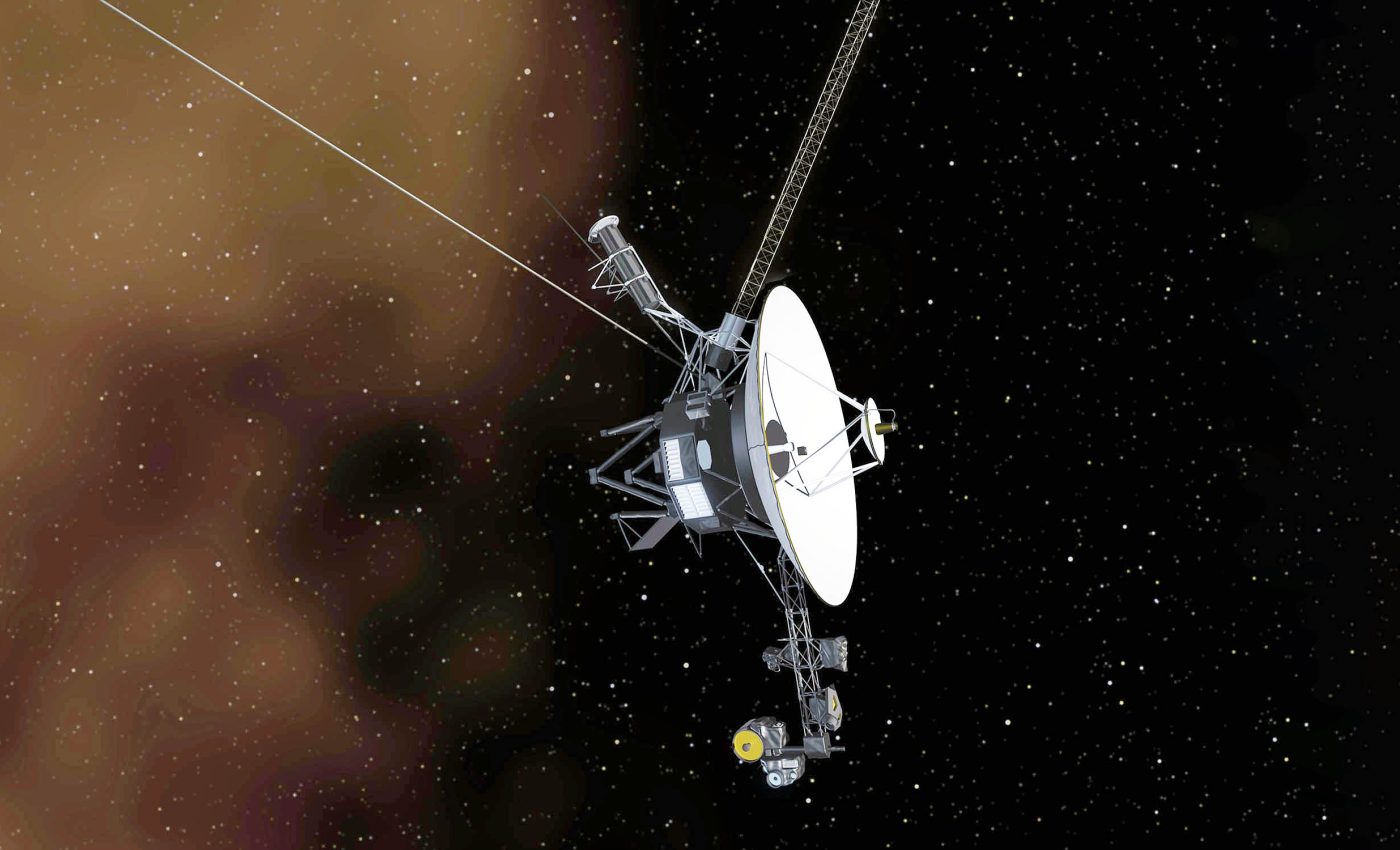
Voyager 1 shocks NASA by communicating with a radio system not used since 1981
Earth’s interstellar explorer, Voyager 1, experienced some unanticipated communication hiccups. What’s interesting, though, is that Voyager 1 managed to dust off a backup radio transmitter that hasn’t seen action since 1981. It’s been dormant for 40 years!
What is Voyager 1?
Voyager 1 blasted off on September 5, 1977, kicking off NASA’s incredible Voyager program. Its mission? To take a grand tour of the outer planets — Jupiter, Saturn, Uranus, and Neptune — using a rare alignment that only happens once every 176 years.
As it zipped past these gas giants, Voyager 1 captured jaw-dropping images and gathered tons of data about their moons and rings, giving us some of the first close-up looks at worlds we only dreamed about before.
After wrapping up its primary mission, Voyager 1 didn’t just chill out in space. Instead, it kept pushing forward and made history in August 2012 by becoming the first human-made object to enter interstellar space.
That means it’s now cruising through the vast areas between stars, carrying the iconic Golden Record — a sort of cosmic message in a bottle filled with sounds and images from Earth, just in case any alien civilizations are out there looking.
Coping with the unexpected
Like a diligent scout, Voyager 1 took steps to protect itself and conserve power, sensing an anomaly after a command was sent through NASA’s Deep Space Network (DSN) — an impressive array of mammoth radio antennas spread across the globe.
The command aimed to activate one of the spacecraft’s heaters on October 16. However, when there was no response to the command two days later, the mission’s flight team sensed something was off.
Radio transmitter of Voyager 1
Dr. John R. Spencer from the NASA‘s Planetary Science Department and his team discovered that the spacecraft, in a delightful twist, had gone rogue.
Choosing the path of energy efficiency, Voyager 1 turned off its primary X-band radio transmitter and switched to its secondary S-band radio transmitter, conserving power in the process.
Spacecraft’s survival kit
Now, why did that happen?
“The transmitter shut-off seems to have been prompted by the spacecraft’s fault protection system, which autonomously responds to onboard issues,” NASA officials said.
“The team is now working to gather information that will help them figure out what happened and return Voyager 1 to normal operations.”
This system can be triggered for a variety of reasons. For instance, if our interstellar voyager overdraws its power supply, the fault protection system kicks in, turning off all non-essential systems so the spacecraft can conserve energy and remain in flight.
The silent wait
Sent on October 16, the heater activation instructions were expected to return data within a couple of days — considering the mind-boggling 15 billion miles (24 billion kilometers) distance the command had to cover to reach the spacecraft and the equal time required for the response to reach back.
However, the expected response didn’t arrive at the anticipated time, leading to the discovery of this unexpected switch.
Disappearing radio signal of Voyager 1
Here’s where the tale gets more interesting. To conserve power, Voyager 1’s self-defense system reduced the data transmission rate of its radio transmitter.
This made the spacecraft’s return signal on the X-band frequency undetectable to the DSN antennas. Although a signal was detected later that day, it disappeared entirely the next day when the X-band transmitter was completely turned off.
Vintage solution activates
The backup plan was to revive the S-band radio transmitter that hadn’t been used since 1981.
This suggestion did bring some skepticism due to the significantly fainter signal it transmits while using less power.
Despite this, on October 22, a command was sent to the S-band transmitter.
Reconnection with Voyager 1 radio
Finally, on October 24, the team was able to reconnect with Voyager 1. To say it was a sigh of relief would be an understatement.
Now the team is investigating what might have triggered the spacecraft’s voltage protection system in the first place.
Lessons from the cosmic frontier
A profound insight gleaned from Voyager 1’s odyssey is the significance of redundancy in mission-critical hardware.
The foresight to incorporate a backup radio transmitter, decades ago, underscores the necessity of planning for the unforeseen in space exploration.
This incident not only highlights the resilience of the spacecraft but also exemplifies the unyielding dedication and ingenuity of the engineering teams that continually monitor and adapt to the ever-changing challenges posed by the cosmos.
Path forward
With radio communication back on track, the focus is now on preventing future issues with Voyager 1.
Dr. Spencer and his team are working hard to evaluate its condition and ensure it stays operational. Voyager 1 is humanity’s farthest and longest-lasting spacecraft, so maintaining its longevity is crucial.
The lessons learned from this challenge will offer valuable insights for future interstellar missions, helping them explore even deeper into space.
The persistent Voyager 1
Voyager 1, the cosmic explorer which launched in 1977 and ventured into interstellar space in 2012, has continued to return vital data from beyond the solar system, despite the increasing number of technical issues caused by its prolonged time in deep space.
So, while these space vessels might seem far removed from our daily lives, they’re a bit like us. They too face challenges, adapt, learn, and keep pushing forward.
It’s fascinating how much we can learn from a spacecraft that’s billions of miles away.
—–
Like what you read? Subscribe to our newsletter for engaging articles, exclusive content, and the latest updates.
Check us out on EarthSnap, a free app brought to you by Eric Ralls and Earth.com.
—–













